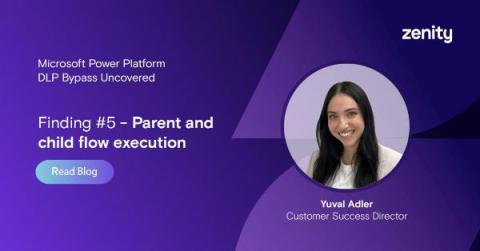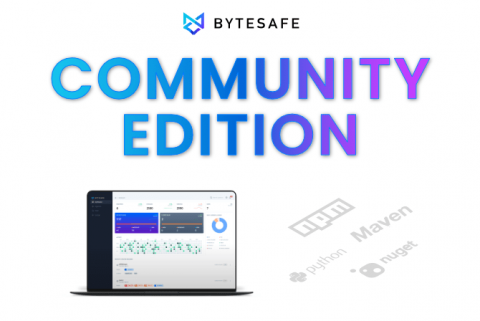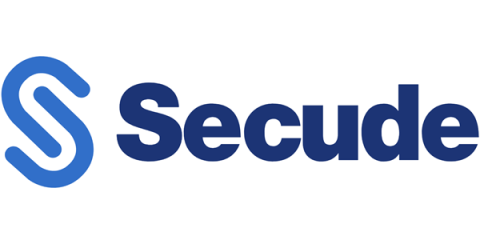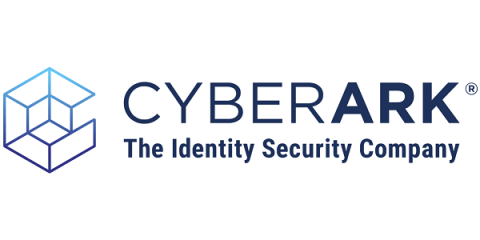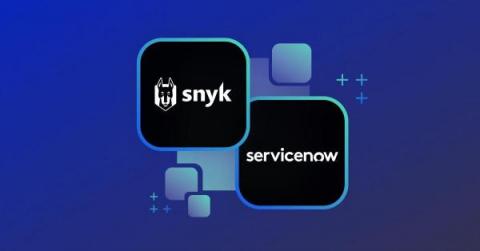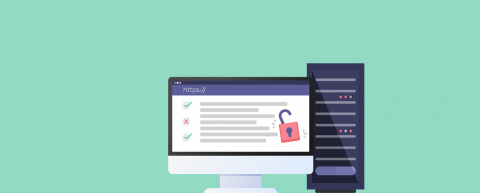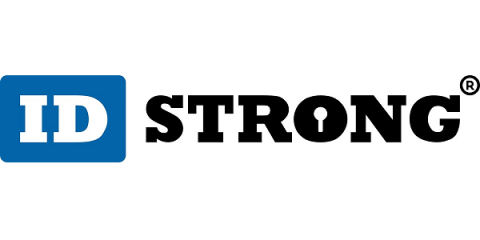Microsoft Power Platform DLP Bypass Uncovered - Finding #5 - Parent and Child Flow Execution
Analysis of Microsoft Power Platform’s security features revealed limitations that could expose organizations to security risks, such as difficulty enforcing DLP policies for pre-existing resources and issues with HTTP calls or custom connectors.


